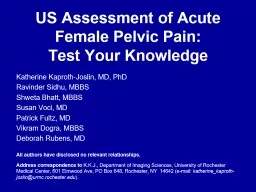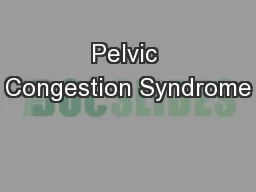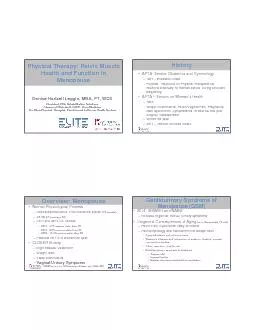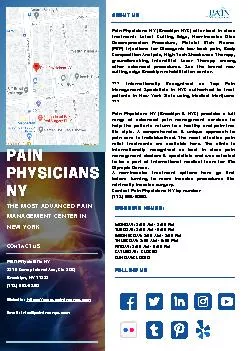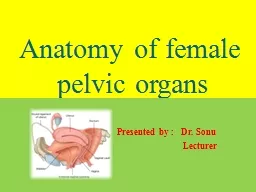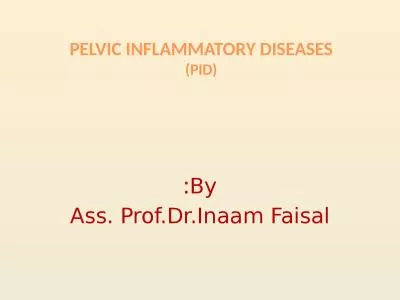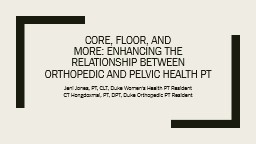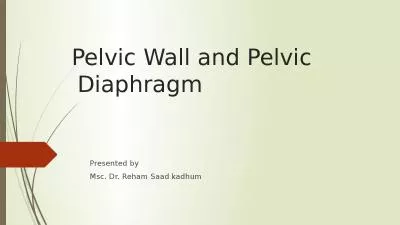PPT-US Assessment of Acute Female Pelvic Pain:
Author : ani | Published Date : 2022-06-11
Test Your Knowledge Katherine KaprothJoslin MD PhD Ravinder Sidhu MBBS Shweta Bhatt MBBS Susan Voci MD Patrick Fultz MD Vikram Dogra MBBS Deborah Rubens
Presentation Embed Code
Download Presentation
Download Presentation The PPT/PDF document "US Assessment of Acute Female Pelvic Pai..." is the property of its rightful owner. Permission is granted to download and print the materials on this website for personal, non-commercial use only, and to display it on your personal computer provided you do not modify the materials and that you retain all copyright notices contained in the materials. By downloading content from our website, you accept the terms of this agreement.
US Assessment of Acute Female Pelvic Pain:: Transcript
Download Rules Of Document
"US Assessment of Acute Female Pelvic Pain:"The content belongs to its owner. You may download and print it for personal use, without modification, and keep all copyright notices. By downloading, you agree to these terms.
Related Documents

